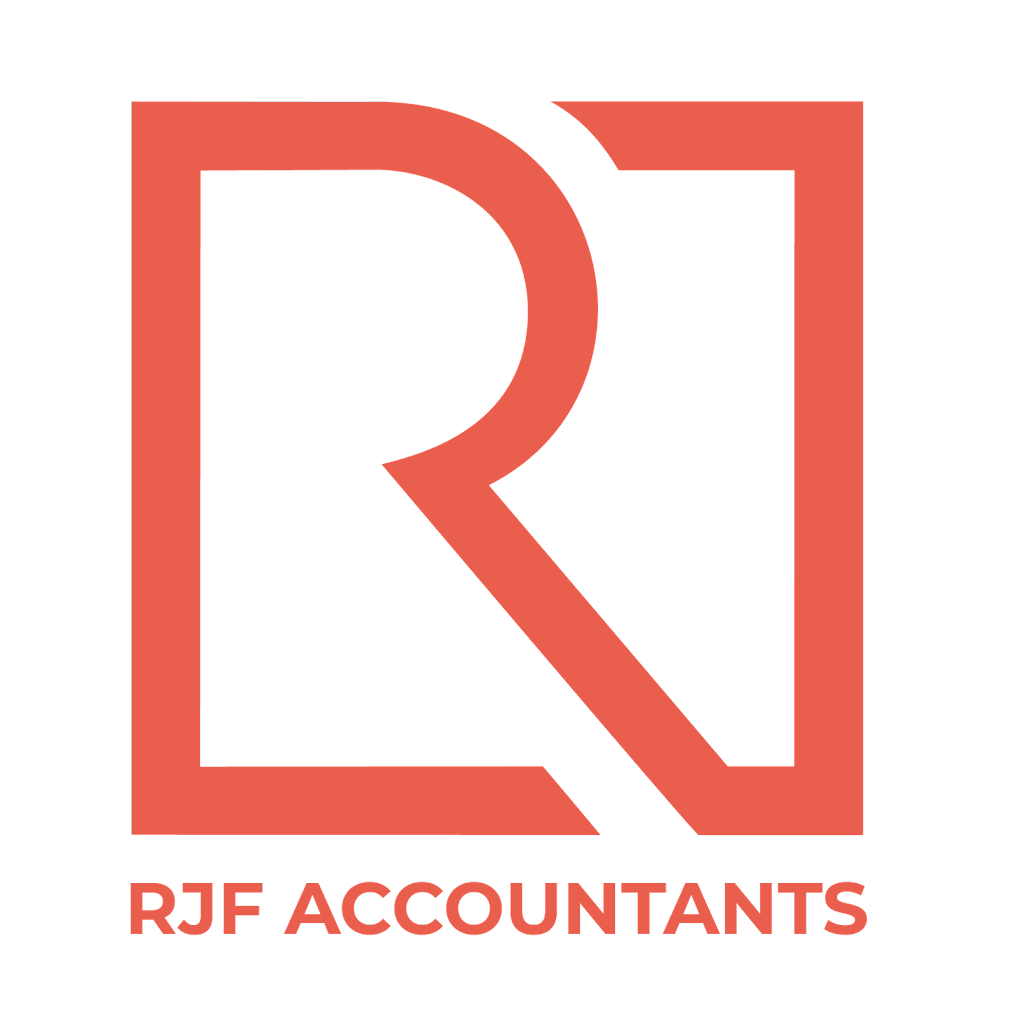If you run a small business here in the UK, you could be eligible to apply an allowance to your National Insurance liabilities by up to £5,000 using the Employment Allowance. But what exactly is the employment allowance, and who is eligible? This blog post will outline everything you need to know about the employment allowance and how it can help your business.
Blog Contents:
showWhat Is the Employment Allowance?
The government introduced the employment allowance in 2014 and was originally a reduction of £4,000 in employer Class 1 National Insurance Contributions; however, this has since been increased to £5,000. The allowance is designed to help smaller employers with their employment costs.
The allowance is not applied per employee but as an overall business allowance, and the good news is if you have not already applied for it, you can backdate it for up to 4 years!
If your business is eligible, you can claim employment allowance on sole traders, limited companies and partnerships with one or more employees liable for Class 1 National Insurance contributions. The business must be registered as an employer to claim and have Class 1 NI liabilities of less than £100,000 for the previous tax year.
Limited companies can apply for employer’s National Insurance allowance if they employ only directors, provided two directors earn over the Class 1 NI contribution secondary threshold.

How does Employment Allowance Work?
Employment allowance works by reducing your overall National Insurance contribution payments to HMRC. So, for instance, if you had a NI bill of £5,500, and the allowance of £5,000 was applied, your final bill would be the remaining £500. You do not have to have liability over the allowance to apply. For instance, if you only employ one person and your employers’ national insurance of 13.8% only totals £3000, then the full £3,000 would form part of the allowance, and your bill would be £0.00.
How to Claim the Employment Allowance
As the rules can change from time to time, you should check if you are eligible to make a claim for employment allowance on the .gov website or speak with a qualified accountant who will be able to advise you if you can claim and how to do it. But as a general rule, if your business has one or more employees and Class 1 National Insurance liabilities of less than £100,000 for the previous tax year, you should be able to make a claim.
Critically you also need to remember to apply for the employment allowance each year, as it is not a rolling allowance. You can claim with HMRC as part of your Real Time Information submission, or RTI. The precise way to claim will vary depending on the type of payroll software you opt for and whether your business uses HMRC’s Basic PAYE Tools.
If you are in any doubt about how to make a claim, it is best to speak to an accountant to ensure that it is done correctly, so you do not miss out on the allowance.
Let RJF Accounting Do The Heavy Lifting For You
If you are struggling to apply for EA or looking for further advice, why not let us do the hard work for you? RJF Accounting is a specialist team of qualified accountants and bookkeepers who know what it takes to keep your business running smoothly – so why not let us help you? Speak to the team on 0161 5040629 or drop us an email at hello@rjf.uk.com – we are open Monday to Friday, 9 am – 5 pm!

